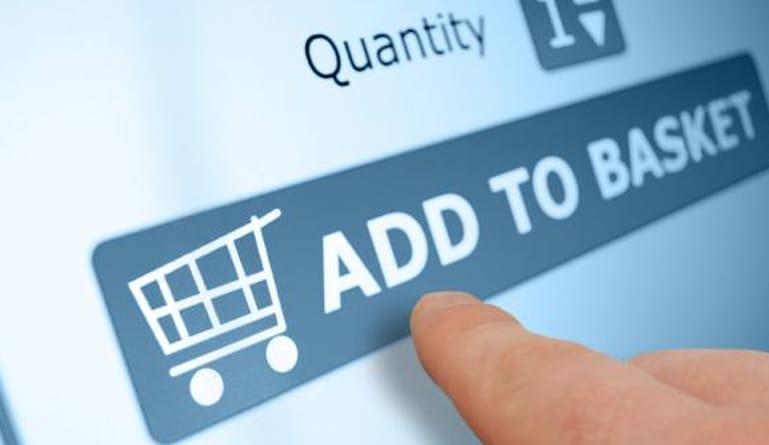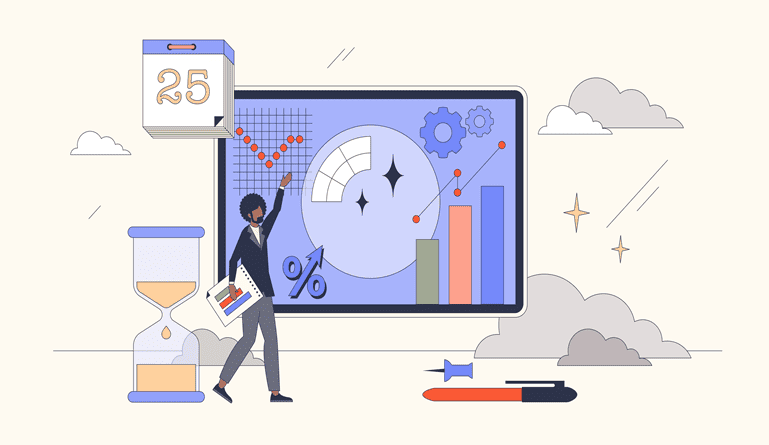With the advent of digital marketing and online advertising, the time taken by customers to buy a product has increased. When surfing an e-commerce website which users may have landed on through a paid advertisement, customers tend to weigh their options more before hitting the “buy now” button.
Why has this changed? Shouldn’t purchasing be faster considering everything is available with the click of a button? The answer is not that simple. A couple years ago, when the journey of digital marketing began, customers were constantly bombarded with a multiplicity of options to choose from. Every brand used several touchpoints through various channels, including social media, to push their brand’s products or services. This created confusion in the mind of many customers, and some would think much more before making a buying decision.
Today, buying usually starts with browsing various products. With so many products to choose from, brands must entice customers to make a purchase instantly. Typically, shopping starts on a website and there are numerous ways through which a customer can reach a website—email, newsletters, display ads, social media, and referrals. Once a customer lands on your website, you will want to engage them to ensure that they follow through to buy your product or service.
It is important for marketers to understand the mindset of customers and what their objectives are. Customers are constantly looking for better deals, thus, marketers must find the roadblocks that shoppers usually face, and establish a method for how a brand can help a customer transition from shopping cart to sale. Here are just a few ideas:
#1 If you find that the price is causing the customer to hold back, it might be time for you to give them benefits that improve the odds in their favor. This can be simple such as extending the cart expiration period, which helps the customer to avoid the hassle of browsing products again. He can visit the cart and quickly complete the process.
#2 Other roadblocks such as constant logout, lack of clear indicators in the checkout process, and a lack of functionality to edit the cart are all factors that can break the deal for a brand. Address these concerns immediately, and the possibility of retaining customers might be higher.
#3 Once a person has put a product in the shopping cart and left the website, invite them to come back to the cart later. This can be done by email, or depending on the product, by text messages.
If the number of products in a shopping cart is very high, this could be an opportunity for your brand to convert these shopping carts into bonafide customers. Enhancements and fine tuning of your website features is one of the most important ways to engage with your customers consistently.
Want to turn more shoppers into buyers? Click on the link below to watch a quick video and to download the whitepaper. How to Turn ‘I’m Just Looking’ Into ‘I Want to Buy’





